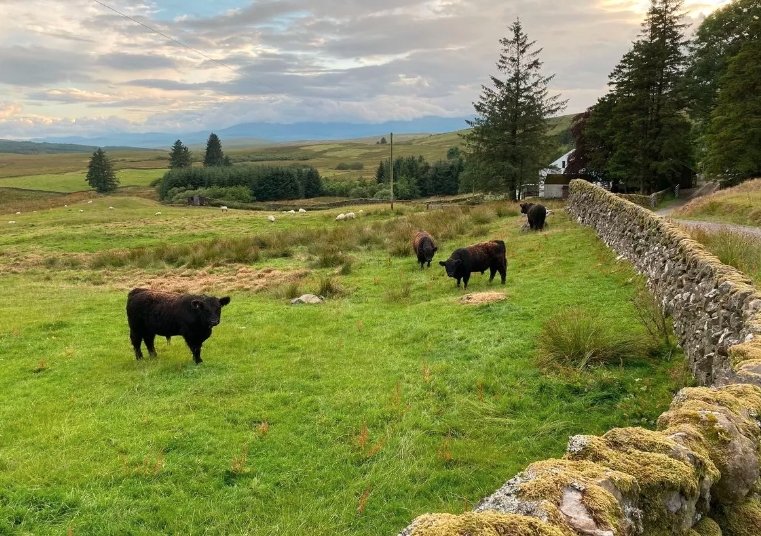The Scottish farmland market witnessed a surge in sales in the past three years, reaching a total value of £1.3 billion, according to a new report by the Scottish Land Commission. The report reveals the changing dynamics of the rural land market, driven by strong demand from non-farming investors, environmental considerations, and low interest rates.
Farmland values rise by 31.2% in 2021
The report, based on data from Strutt & Parker, Savills, and the Royal Institution of Chartered Surveyors, shows that farmland values in Scotland increased by 31.2% in 2021, compared with 6.2% across the UK. The average price of farmland in Scotland was £6,700 per acre, up from £5,100 in 2020.
The report attributes the rise in values to the exceptionally high demand for land, especially from non-farming buyers, who are motivated by long-term investment potential, corporate environmental, social and governance (ESG) goals, and carbon offsetting opportunities. The report also notes that the low supply of land for sale, which remained below the five-year average, contributed to the upward pressure on prices.
Non-farming investors dominate the market
The report reveals that non-farming investors played an increasing role in the Scottish rural land market in the past three years, accounting for nearly half of all estate purchases in 2021. These buyers included corporate bodies, investment funds, charitable trusts, and private individuals, who were interested in plantable land, forestry holdings, and rewilding projects.

The report states that the growing demand for land from non-farming investors was driven by several factors, such as:
- The high value of timber, which increased by 40% in 2021, making forestry a lucrative investment option.
- The potential for new income streams through trading carbon credits, which are expected to increase in value as the UK aims to achieve net zero emissions by 2050.
- The opportunities to enhance landscapes and biodiversity through rewilding, which can also provide social and recreational benefits.
- The belief that land is a safe asset to store wealth, especially in times of economic uncertainty and low interest rates.
Off-market sales raise transparency issues
The report also highlights that off-market sales, which occur without public advertising, made up a growing proportion of land market activity in Scotland in the past three years. The report estimates that up to one-third of farmland, forestry and plantable land sales, and almost two-thirds of estate sales, occurred off-market in 2021.
The report suggests that off-market sales may exclude certain buyers and constrain access to land for individuals, communities, and businesses, raising questions about the transparency of the land market. The report also notes that off-market sales may further reinforce Scotland’s existing pattern of concentrated land ownership, which is among the most unequal in the world.
Implications for land reform and policy
The report concludes that the Scottish rural land market is undergoing significant changes, which have implications for land reform and policy. The report recommends that the Scottish Government and other stakeholders should monitor the trends and impacts of the land market, and consider how to ensure that land is used in the public interest, and that access to land is fair and inclusive.
The report also calls for more research and data collection on the land market, especially on off-market sales, carbon values, and land use outcomes. The report suggests that improving the availability and quality of information on the land market would help to inform policy decisions, and to promote accountability and transparency among landowners and buyers.
The report, titled Rural Land Market Insights, is available on the Scottish Land Commission website.


















